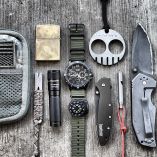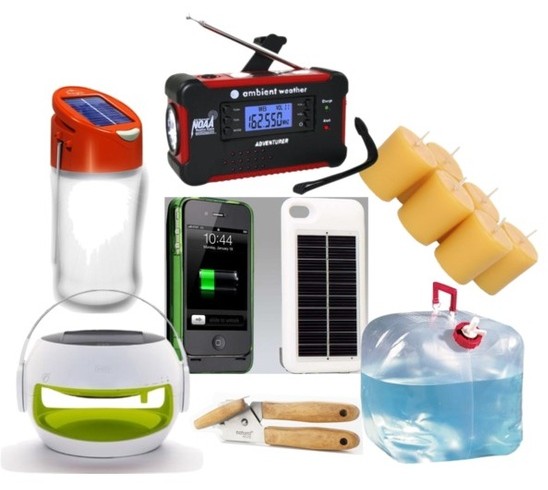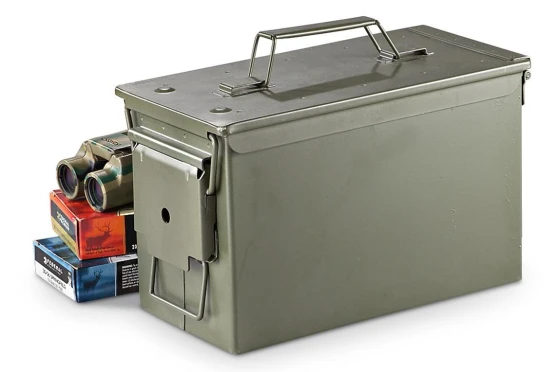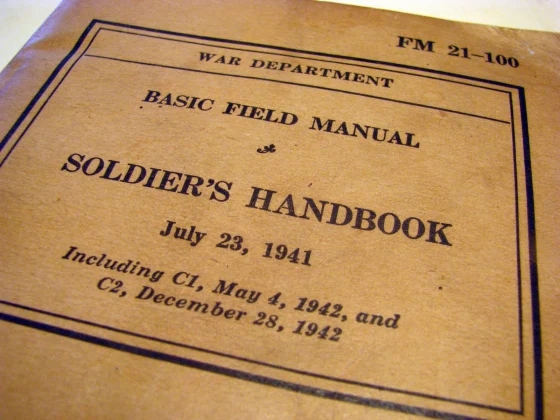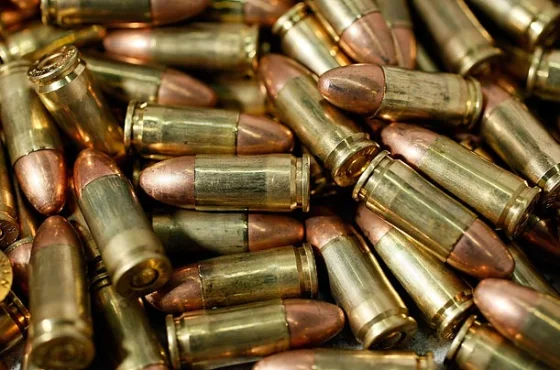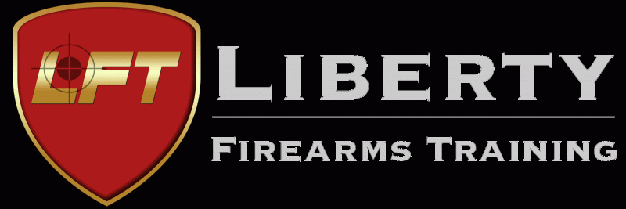Contents:
- Check the Scene
- Call For Help
- Approach Safely
- Triage
- Provide Urgent Treatment
- Protect From Further Injury
- Treat Every Accident Victim For Shock
- While Waiting For Rescue
- Make a Thorough Examination
- Plan Course of Action
Check the Scene:
The hazard that caused the accident may still pose a threat. Before taking any action, stop for a moment to look over the entire scene and collect your thoughts. Consider the following questions:
- What caused the accident?
- Are there dangers in the area?
- How many victims are there?
- If there are other people nearby, can they assist with first-aid or with getting help?
- Will bystanders need guidance so that they do not become injured or ill themselves?
back to top
Call for Help:
You can reach emergency services in much of the United States by calling 911. Some communities use other emergency-alert systems such as dialing 0 or calling a local sheriff’s office or fire department
Instruct a bystander or another first-aider to call for help immediately: “You, call for help right now. Tell them where we are and what has happened, then report back to me.”
In the wilderness you may be far from cell phone coverage. The victim may be able to walk by to an area suitable for communications and/or transportation on his own or with some support. A group may have to build a stretcher and carry the victim. For serious injuries, though, it is usually best to treat the victim at the accident site—provided that doing so would not further endanger the victim or the first-aiders — and then send two or people for help. Write a note containing the following information and send it with the messengers:
- Location of the victim
- Description of the injuries or illness
- Time the injuries or illness occurred
- Treatment the victim has received
- Number of people with the victim and their general skill level for first-aid.
- Request for special assistance or equipment, including food, shelter, or car for non-victims.
back to top
Approach Safely:
After assessing the situation and calling for help, determine the best way to reach the injured person(s). Figure out a safe way to approach the victim or to remove the dangers from an area. Do not become an accident victim yourself.
Once you have figured out the safest way to approach, introduce yourself to injured persons and bystanders. Assure them that medical professionals have been called and are on the way.
Speaking in a calm voice, explain that you are trained in first-aid and that you are there to help. Ask victims if they will allow you to assist them. Continue to speak to injured or ill persons as you administer first-aid, keeping them informed of what you are going to do.
If you must move the victim for safety reasons, get the help of several others in your group and lift the victim in the same position in which he was found. Then carry him to safety and gently put him down. Take special care to prevent his neck from moving by supporting his head before, during, and after the emergency move.
back to top
Triage:
back to top
Provide Urgent Treatment:
Breathing and bleeding are you immediate concerns. Victims who have stopped breathing or who are bleeding severely are called hurry cases because their lives are in immediate danger. They require smart, timely action on the part of a first-aider.
Whenever you come upon an injured person, take no more than 15 to 20 seconds to do a quick survey of his or her condition to find out the following:
- Is the person conscious and breathing? If he or she seems to be unconscious, tap them on the shoulder and ask (or shout) if they are OK. If the person does not respond, open the airway by tilting the head and lifting up on the chin, then place you ear near the mouth and nose where you can hear and feel the movement of air. Watch for the chest to rise and fall.
- Is there severe bleeding? Open gear and outer clothing that might hide wounds from view.
- Are there other contributing factors? Look for a medical ID bracelet, necklace, or card that might give information about allergies, diabetes, or other possible causes of an emergency situation.
Persons who have allergies to insect stings or certain foods (such as peanuts) might carry treatment for their condition.
back to top
Protect From Further Injury:
Avoid moving an injured person unless his or her body position makes it impossible to perform urgent first-aid or he or she is in a dangerous location.
Stabilize the victim’s head and neck to prevent any neck bones that might be broken from damaging the spinal cord. Ask any fellow first-aiders to hold the victim’s head and neck steady to keep the neck in proper alignment.
back to top
Treat Every Accident Victim For Shock:
The circulatory system of a person who is injured or under great stress might not provide enough blood and oxygen to the tissues of the body. This condition is called shock, and it can be deadly as organs can begin to fail. A shock victim can have some, all, or none of the following symptoms:
- Restlessness or irritability
- A feeling of weakness
- Confusion, fear, dizziness
- Skin that is moist, clammy, cool, and pale
- A quick, weak pulse
- Shallow, rapid, and irregular breathing
- Nausea and vomiting
- Extreme thirst
Serious injuries and sudden illnesses are almost always accompanied by some degree of shock, but the victim might not be affected right away. Treat every accident victim for shock even if no symptoms appear. Prompt first-aid may prevent shock from setting in.
Fear and uncertainty can increase shock. In a clear voice, assure the person that everything possible is being done and that help is on the way. A person who appears to be unconscious may still be able to hear you. Never leave an accident victim alone unless you must briefly go to call for help.
Try to eliminate the causes of shock by restoring breathing and circulation, controlling bleeding, relieving severe pain, and treating wounds. See Savannah Arsenal’s How To Treat Circulatory Shock page.
back to top
While Waiting For Rescue:
Monitor the victim closely to make sure the airways stays open for breathing.
If the victim is not already doing so, help the injured lie down. If you do not suspect back, neck, or head injuries, or fractures in the hip or leg, raise the feet about 12 inches to move blood from the legs to the vital organs.
Keep the victim warm with blankets, coats, or sleeping bags.
back to top
Make a Thorough Examination:
By the time you have dealt with urgent conditions and provided treatment for shock, medical professional are likely to have arrived. When their arrival is delayed or the location will require greater travel time, conduct a more thorough examination to be sure you have found all the victim’s injuries that require attention. If the victim is alert, ask where it is painful and whether the victim can more the arms, legs, and so on. Get beneath jackets and other clothing that could obscure or hide wounds that are bleeding.
back to top
Plan Course of Action:
After conducting the examination, determine what to do next. The best course of action in most cases is to make the victim comfortable and continue to wait for medical help to arrive. Maintain treatment for shock, keep the airway open, monitor the victim for any changes, and be ready to provide any other treatment the victim might require.
In the back country you may need to set up camp and to shelter the victim with a tent. Rather than lifting a badly injured person into a tent, you can slit the floor of a standing tent and then place the tent over the person.
Be aware of your own needs, too, and those of others around you. Be aware that other group members may be frightened or disoriented by what they have seen. Be sure that they do not wander off. Giving people specific responsibilities can focus their attention and help keep them calm.










